Located at 6101 E. Van Buren Street in Phoenix, the Hall of Flame has 30,000 visitors (mostly from outside of Arizona!) annually.
The museum was founded by George Getz, Jr., a wealthy industrialist, in 1961 and was originally located in Wisconsin. In the fall of 1955, George and his wife were out for a walk when he spied an old fire engine and casually remarked to her that it would be fun to have a fire truck to give neighborhood children rides in. She secretly purchased the 1924 American LeFrance fire engine for $750, had it restored, put a big red ribbon it, and parked it in the driveway Christmas morning. George loved it - so much, in fact, that he purchased four more in the following year and his "obsession" was born. At the same time he opened the museum in Wisconsin, he established the National Historic Fire Foundation, a non-profit organization that sponsors the museum and is dedicated to preserving the history of firefighting. George once said, "Somebody has to accumulate these things. I'm not a firefighting buff but a preserver of history." I think he was both.
He retired from his day job in the early 1970's and moved to Arizona. The Hall of Flame Museum was relocated to Phoenix in 1974 and has been open year-round since then. The museum is divided into five exhibit galleries and the National Firefighting Hall of Heroes gallery. Over 130 pieces of apparatus dating from 1725 to 1969 are on display. There is even a fire engine that you can climb on! Tours are self-guided; I spent about two hours looking at the exhibits but could easily have spent more time.
I was astonished to learn that fire fighting equipment has been around a really, really long time. The exhibits in the museum are either ones actually used or similar to ones used in the United States. The oldest one, a "modest-sized" pumper, dates back to 1730 and is similar to one used in New York City in 1737. Water was supplied by a bucket brigade. These were popular until the mid-1800's.
This pumper, built in England around 1750, discharged water through a stitched leather hose. Output was about 25 gallons per minute - all hand-pumped - and was considered an engineering marvel. Today, the smallest hand-held hose the Gilbert Fire Department uses (1.75 in.) puts out 150 gallons per minute; larger truck-mounted hoses have an output of 2000 gallons per minute.
This American-made rotary pumper (1825) was used by a volunteer fire company in Pennsylvania. Hand cranked by eight or ten men, it could supply a "large volume" of water at low pressure but not at higher pressures which led to its demise.
This 1880 American-made hand drawn pumper was state-of-the-art when it was used in Michigan. Notice the ornate decoration which carried over to more modern times. The more ornate the apparatus, the better cared for it was which is why we have them today. This pumper was manned by 30 men working the pump handles. At 60 strokes per minute, it could output 150 gallons per minute - but only for a few minutes as that pace was too strenuous to maintain for long. At a more practical 50 strokes per minute, output was 120 gallons per minute - still quite impressive!
If you thought the last one was ornate, this one is really over the top! It is an American-made hand-drawn parade carriage (1870) - or, as I call it, Cinderella's Carriage! It had no purpose other than to be beautiful. It was built for firemen in Connecticut and was pulled by a team of firemen at parades.
Although vehicles with steam engines were in use from the 1870's, firemen deemed them "dangerous," "unreliable" and "impractical" so it wasn't until about 1915 that gasoline-run firetrucks became popular. They needed two things: a way to deliver a lot of water under pressure and taller ladders mounted on trucks to reach the upper floors of tall buildings. And so the "modern" fire truck was born.
These 1930's era firetrucks don't look drastically different than today's firetrucks.
The museum is not just about the firetrucks, though. Exhibits showing firefighting gear, fire extinguishers, even helmets and patches are sprinkled throughout the museum.
The top right and bottom left photos show collections of fire extinguishers and helmets from around the world. The top left and bottom right photos depict two icons of firefighting - Smokey the Bear and Saint Florian, the Patron Saint of firefighters.
Their collection of firefighting tools is impressive - and they are placed so that you can touch them. I had no idea the safety net was so thick or that it was used for more than 80 years but failed far more often than it succeeded in saving the life of the jumper.
In addition to preserving the history of firefighting, educating the public in fire safety is another major goal of the museum. The Safety House was designed to teach children and adults about fire safety behaviors that have saved lives - things like not having curtains hang near a stove and having a working fire extinguisher in the kitchen.
The kids visiting the museum while I was there also liked putting on coats and helmets and climbing on the firetruck!
The National Firefighting Hall of Heroes was sobering. It honors American firefighters who have died in the line of duty as well as those who have been honored for acts of heroism. Each year, on average, 100 firefighters die in the line of duty in the United States. Some years, like 2001, that number is much higher.
After reading dozens of biographical blurbs of these honored firefighters, I had a better understanding of their skill and integrity as well as the sacrifices they make.
The Flag of Honor has the names of those killed in the terrorist attacks on September 11, 2001 in the red and white stripes. The 9-11 Memorial on the right honors all the firefighters who lost their lives that day and in the aftermath.
This wonderful museum, rich in history and real heroes, is a national treasure. It is fun for kids of all ages yet is, apparently, the "best kept secret in Phoenix" according to the docent on duty when I went.
Thumb Up Or Down: UP!!
Miles Round Trip: 30.8 miles
Miles To Date: 9279.1 miles
Percent of List Completed: 84%
Date of This Trip: September 12. 2012
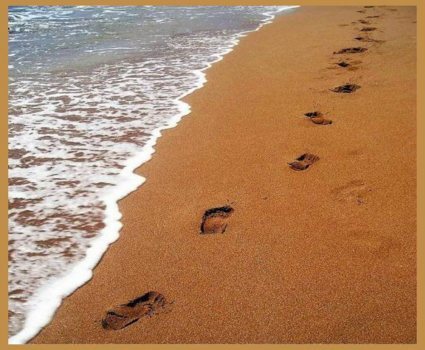
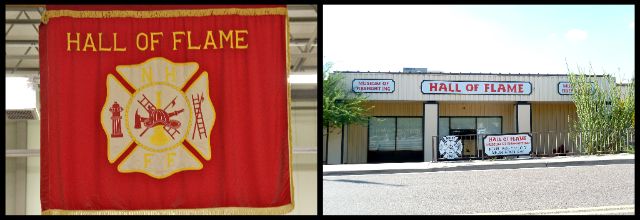
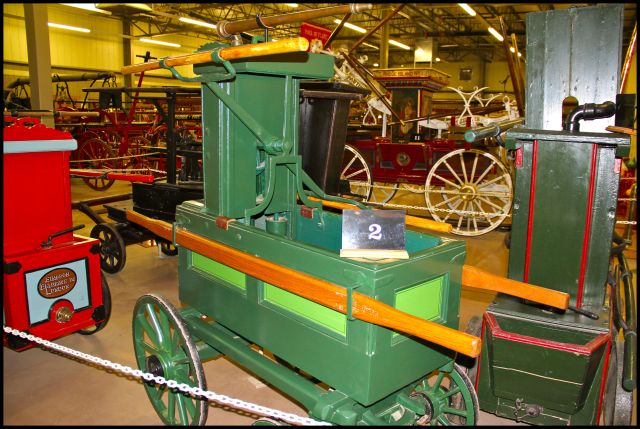
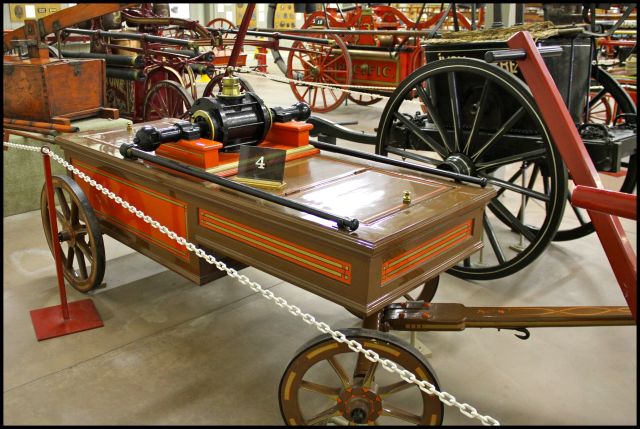
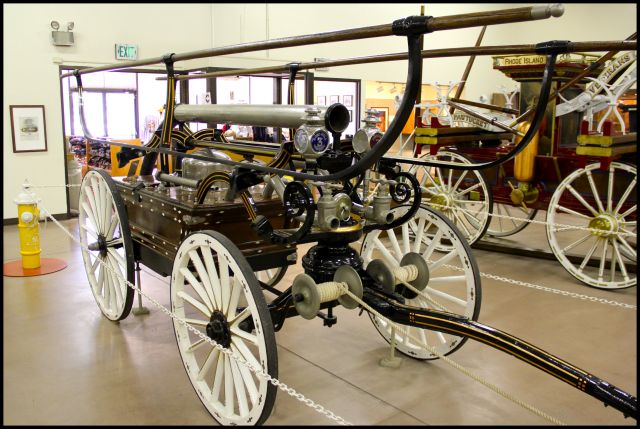

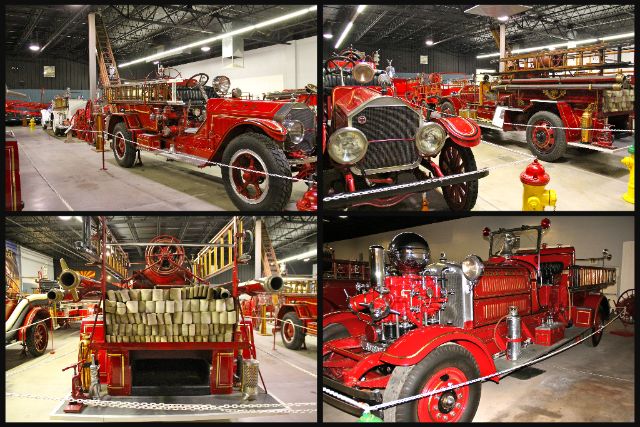

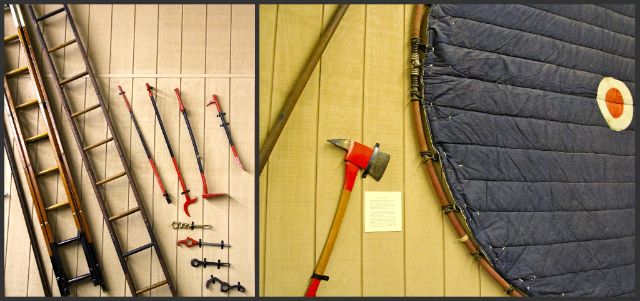
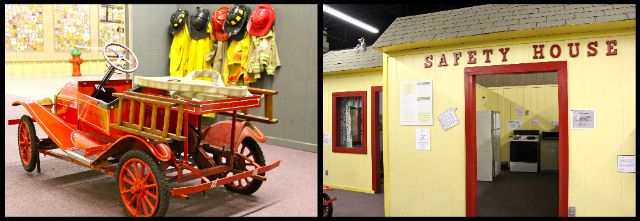

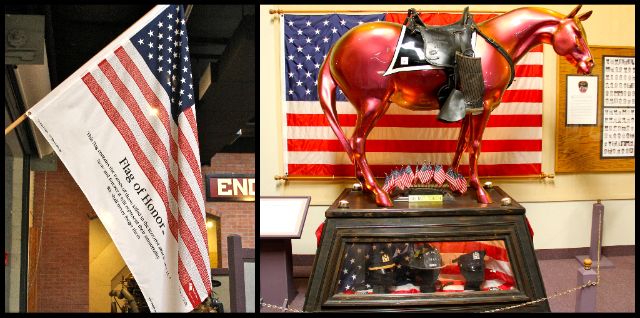
No comments:
Post a Comment